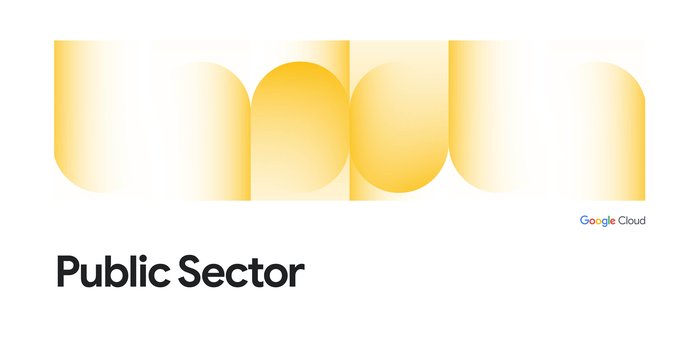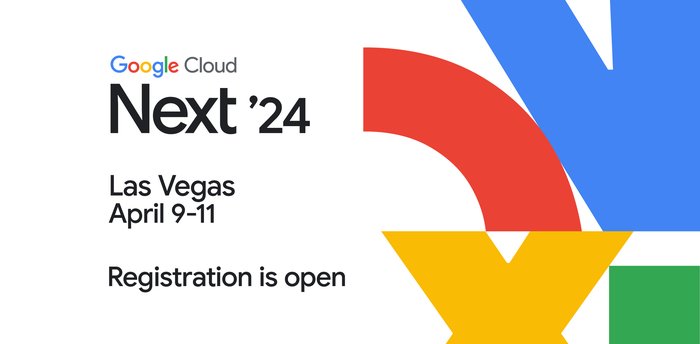Campuses use data analytics and virtual agents for student success
Steven Butschi
Head of Education, Google Cloud
Student success is about much more than getting good grades. It also includes giving instructors more time to coach their students, helping students monitor and improve their progress on their own, and running processes like class registration more efficiently. Google Cloud is working with higher education institutions to help meet these challenges, and more.
In this blog, we’ll look at some ways these institutions are using our AI tools and other technology to support more students, more effectively—allowing them to take charge of their success.
Fast answers to routine questions
At Penn State World Campus, the highly ranked online campus of the Pennsylvania State University, academic advisors realized they were spending a lot of time answering the same questions over and over—like how to change majors or re-enroll in classes—with as much as 30 minutes needed for each response. To help get information to students more quickly and free up advisors to tackle more complex student issues, the university turned to Quantiphi and Google Cloud to develop a solution to answer routine student questions more quickly.
The solution uses Dialogflow, Google’s natural-language processing tool, to analyze the questions students send to advisors and gather relevant information from Penn State’s secure student database. The virtual assistant then quickly sends the answers back to the advisor to relay to the student. “We can scale to do more with current staff,” says Dawn Coder, Director of Academic Advising and Student Disability Services at Penn State World Campus.
Information when students need it
Penn State shows how Cloud and AI data analytics tools can help deliver support to students more quickly, which improves the student experience while freeing up academic advisors and support teams to offer more one-to-one support to students. There’s another real benefit these tools can provide: the ability for students to get information at any time. This is especially important for students with schedules that require them to complete their coursework during non-traditional times.
To help its students get the information they need, when they need it, Strayer University—an online university that also has campus locations in the eastern and southern United States—launched Irving in 2017. A virtual assistant built on Dialogflow, Irving categorizes student questions by topic, then searches campus databases for responses.
“I'm already busy with a full-time family,” explained one student. “Having Irving, 24/7, to be able to—even at two o'clock in the morning when I’m working on a research paper—click on and see Irving down in the bottom right-hand corner is a strong benefit.”
In Strayer surveys, as of January 2020, 89% of students agree that Irving helped them solve their issues easily. And by answering common questions through automated chats, Irving also frees up Strayer staff to serve students with more complicated questions and needs.
Gathering data on best practices for teaching and learning
One of the biggest teaching challenges higher-education institutions face is identifying practices that improve student learning. Ben Motz, Director of Indiana University’s eLearning Research and Practice Laboratory in the Pervasive Technology Institute, turned to data analytics to shed light on this longtime issue. IU is a founding member of Unizin, a nonprofit focusing on data integration, learning analytics, and digital content. The organization created the Unizin Data Platform (UDP)—an integration and warehousing solution for data generated by teaching tools that’s built on Google Cloud—to help member institutions like IU share and analyze data from 800,000 students in a unified structure.
Motz realized that most teachers and researchers only have local data about which teaching strategies worked best: Evidence is almost always limited to just a few classes. He and his colleagues created ManyClasses, which recruited teachers from Unizin’s member institutions to test teaching methods on a much larger, more diverse sample of classes, instructional materials, and students.
They started with a simple question: When should students get feedback on assignments? Standard practice encourages teachers to return test scores as soon as possible, but recent research suggests there might be benefits to delaying the delivery of that information. Using Unizin's expansive data on learning activities, the ManyClasses initiative can examine the effects of feedback timing across a wide range of classroom implementations, rather than just a narrow snapshot.
The results are still being tabulated, but Motz is encouraged by the prospect of future work with Unizin. “It’s been spectacularly collaborative,” he said. “It really helps that they have figured out many problems already, like complying with the Family Educational Rights and Privacy Act (FERPA). That makes security and privacy much easier.”
Register for student-success webinar
If you’re looking for ways to improve student success at your higher-learning institution, and are interested in learning how data analytics, virtual assistants, and other technology can help, watch our on-demand webinar, Student Success: Providing a High Touch Student Experience. We look forward to sharing ideas and strategies for helping your students soar.

